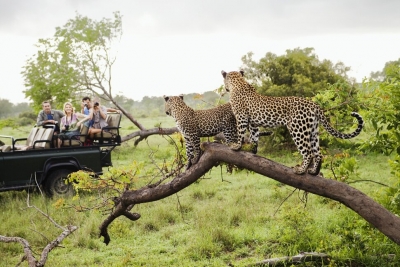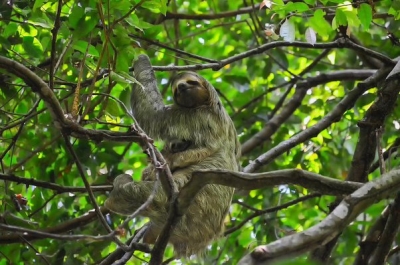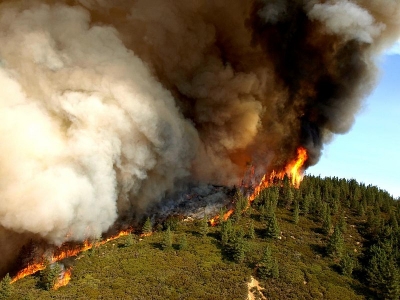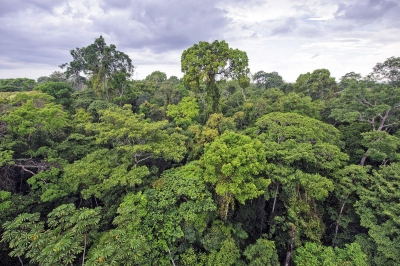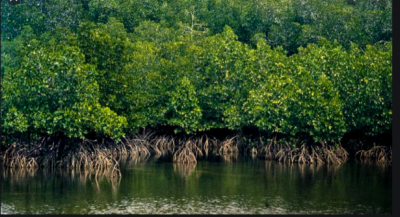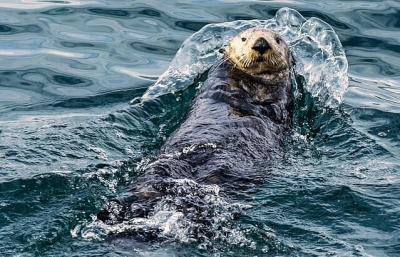WHY DO ANIMALS MIGRATE?
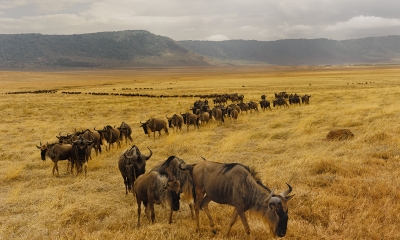
Every year at a particular time, a wide variety of animals, including mammals, birds, reptiles, amphibians, fish, and even insects undertake migration - they move in large numbers from one place to another in search of food and water or suitable breeding ground.
Some habitats may have unfavourable climate such as extreme heat, or cold or wet conditions, which the animals may want to escape from. On the other hand, some habitats may offer easy access to food and water or better shelter, beckoning animals to move there so that they could flourish. But migration is temporary; it always includes a return journey.
Why is animal migration important?
Migration of animals plays a very important role in the Earth's ecosystem. Migratory animals help in pollination and seed dispersal. They provide food for other animals and also control the population of species in various ecosystems. For example, migratory birds reproduce and their young ones eat insects that may destroy crops. Locust attack is a major disaster that arises from the absence of birds.
Climate change
Several animal species have changed their migration routes in response to the changing climate. The rising temperatures on land and sea are forcing more and more animals to migrate to cooler climates. The moose, found in the northern U.S. and Canada, is a cold-weather animal. But milder winters have led to an increase in the population of winter ticks. These blood-sucking parasites are killing dozens of moose every year, forcing them to move farther north.
Habitat destruction
Habitat destruction is mostly a result of human activities. These include farming, cutting down trees for construction activities. filling wetlands, building dams, digging for oil and gas exploration, amongst others.
Habitat destruction makes it difficult for migrating animals to find places to rest and get food on their migratory paths. Several fish species migrate from open waters to headwaters to breed or spawn. But dams, which are constructed for water retention or hydroelectric power generation, can completely disrupt migratory pathways for fish.
In China, thousands of Siberian cranes spend the winter at the Poyang Lake. However, drought and water management in the region have destroyed the cranes habitat, forcing them to travel to suboptimal areas. Now, a proposed dam at the outlet of the lake is a new threat that will reduce the quality of the restricted area these birds rely on.
Human behaviour
Migratory animals also face a unique threat of obstruction along their migratory routes. Roads, fences, dams, wind farms, and buildings extending into forests can create huge obstacles. Here are a few examples.
Every year, thousands of wildebeest and zebras in the savannah grasslands of Africa undertake an arduous migration over the vast expanse of land in search of food and water. In the last decade, however, several small enclosed plots have disrupted free movement of animals on their migratory path.
Tens of millions of red crabs cover roads on Christmas Island and Cuba as they undertake their annual migration, travelling from the forest to the coast to spawn. Millions die each season on the road as they get crushed by passing vehicles.
Poorly located windmills too can result in the death of migratory birds. The Wolfe Island Wind Farm, located in North America, is one of the deadliest barriers to migratory birds.
Picture Credit : Google
